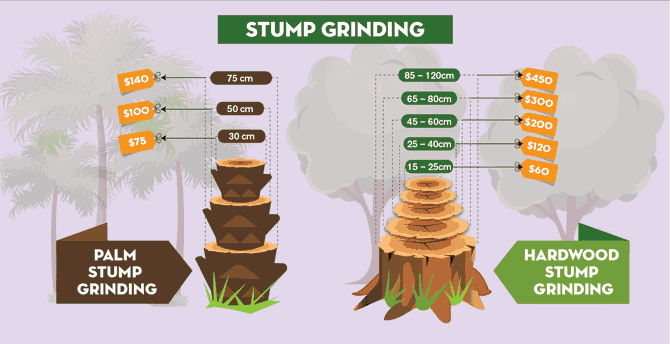Crucial Strategies For Tree Trimming: Growing A Lavish Landscape
Crucial Strategies For Tree Trimming: Growing A Lavish Landscape
Blog Article
Author-
When it concerns developing a landscape that flourishes, understanding the art of tree trimming is a must. Think of being able to form your trees with precision, guaranteeing their vitality and elegance for many years to find. By discovering the necessary techniques for correct cuts, timing, and structural training, you hold the trick to a successful outdoor area that will thrill all that encounter it. Yet just how do these pruning techniques really affect the health of your trees and the overall landscape aesthetic?
Correct Pruning Cuts for Tree Health And Wellness
When it involves preserving the wellness of your trees, making correct trimming cuts is vital. Incorrect cuts can cause illness, insect infestation, and overall tree decrease. To ensure the vitality of your trees, constantly start by utilizing sharp, tidy tools to make precise cuts.
Begin by identifying the branch collar, a swollen area where the branch connects to the trunk. Reducing just outside the collar aids advertise correct recovery and lowers the risk of infection. Stay clear of leaving stubs as they can invite bugs and diseases into the tree.
Bear in mind to make cuts at a minor angle, sloping away from the trunk, to avoid water from pooling on the wound. In addition, eliminate any dead, damaged, or crossing branches to boost air circulation and sunlight penetration.
Timing and Regularity of Pruning
To keep the health and framework of your trees, recognizing the optimal timing and frequency of trimming is vital.
Read More At this website to trim trees is typically during the dormant period in late winter or very early spring. Trimming throughout this period helps promote new growth once the tree starts budding in the springtime.
However, some trees, like spring-flowering ones, are best pruned right after they end up flowering to stay clear of cutting off following year's blossom buds.
Regular pruning is crucial, but the frequency depends upon the tree types and its growth rate. For a lot of trees, an annual evaluation to remove dead, unhealthy, or crossing branches is advised. Young trees may require more regular trimming to establish a solid framework, while fully grown trees might just need upkeep trimming every few years.
maintenance now throughout the fall when conditions are extra quickly spread, and refrain from heavy pruning throughout the summer when the tree is proactively expanding.
Educating Young Trees for Structure
For developing solid and healthy trees, training young trees for optimal framework is important. By shaping a tree when it's young, you set the structure for a sturdy and visually attractive fully grown tree.
Begin by recognizing the central leader, which is the primary upward-growing branch. Urge the main leader's growth by trimming away completing leaders, assisting the tree create a strong main trunk. Additionally, remove any type of branches that grow inward or downward, as they can cause structural concerns as the tree grows.
It is essential to space out side branches evenly around the trunk to advertise well balanced growth. As the tree grows, continue to monitor its growth and trim as required to preserve its form and framework.
Properly trained go to the website are less likely to create weak crotches or jammed branches, decreasing the risk of damages during tornados. Investing time in training young trees will settle with a wonderfully structured and resilient tree in the future.
Conclusion
Now that you have grasped the essential methods of tree trimming, your landscape gets on its means to prospering. By using sharp tools, making accurate cuts, and correctly timing your trimming sessions, you are ensuring the wellness and longevity of your trees. Keep in mind to frequently examine and maintain your trees to maintain them thriving. With your newfound expertise, your landscape will continue to grow beautifully for many years to find. Keep up the great work!
